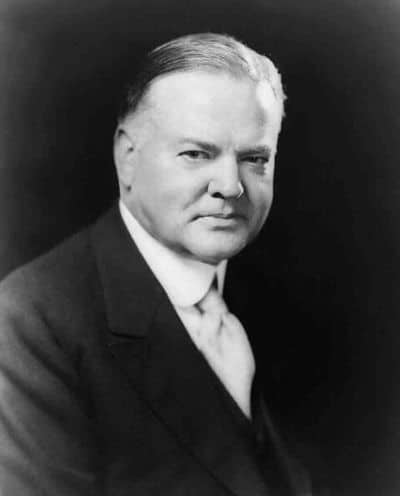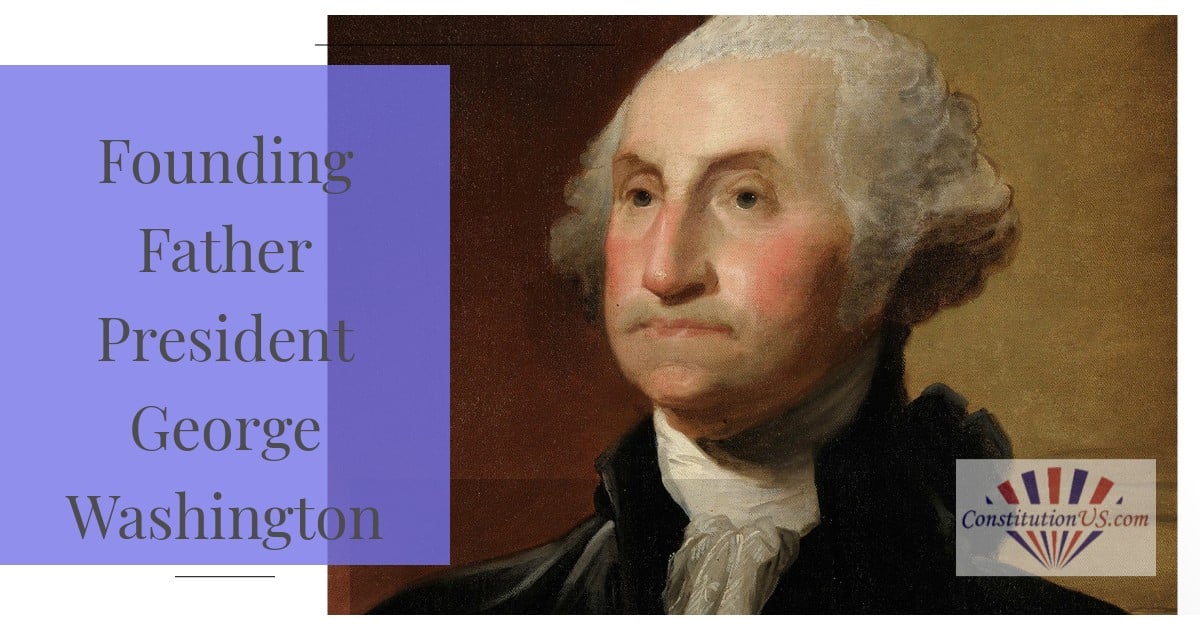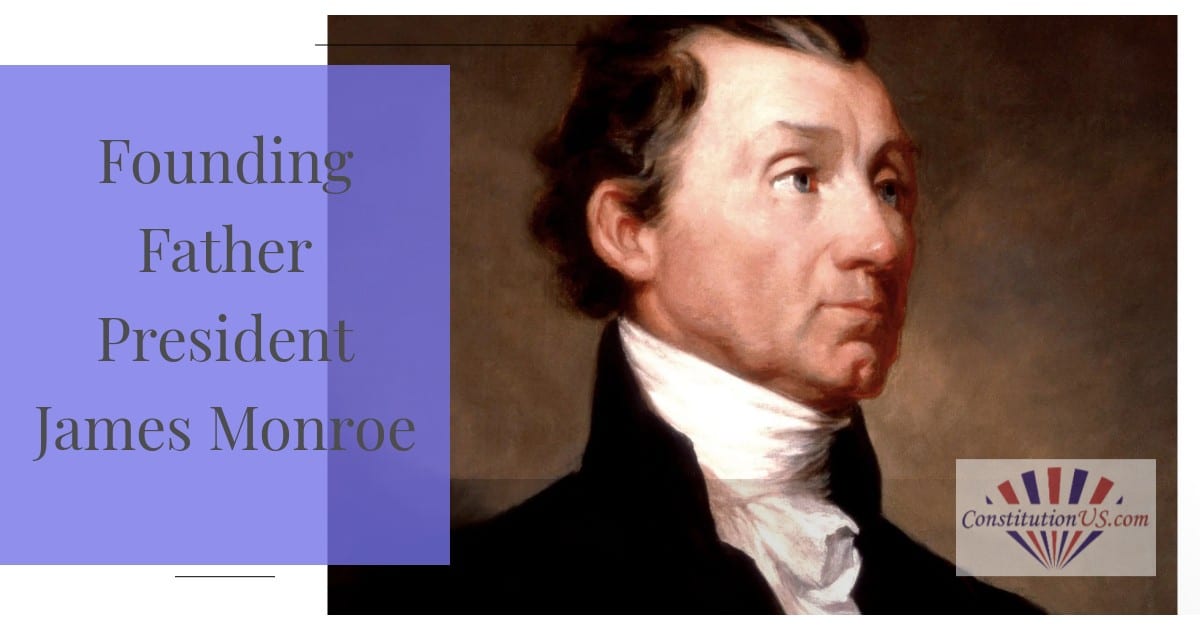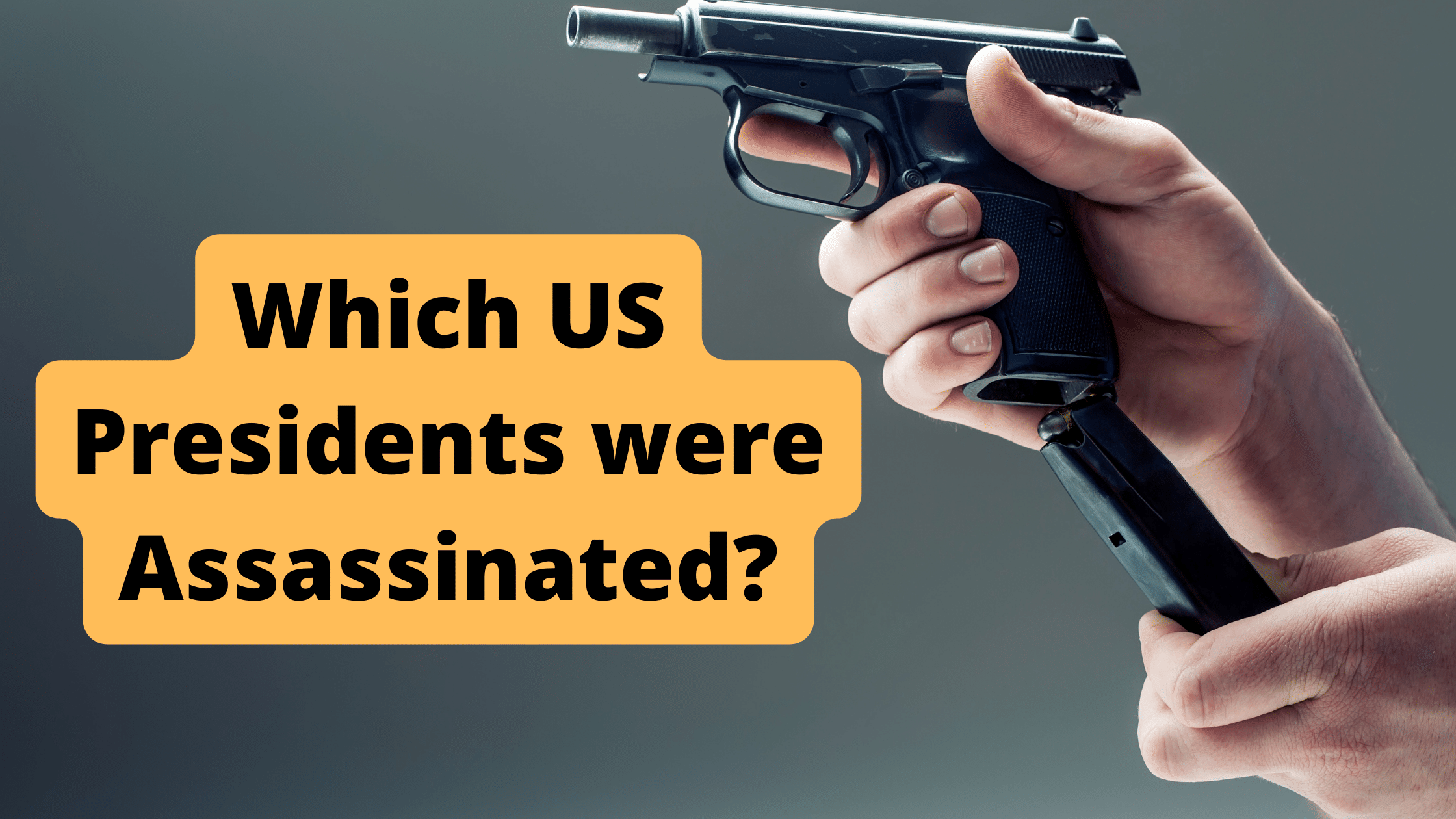Table of Contents
ToggleWhen was Herbert Hoover born?
Herbert Hoover was born in 1874.
Where was Herbert Hoover born?
Herbert Hoover was born in West Branch, Iowa.
How old was Herbert Hoover when he became president?
Herbert Hoover was elected at the age of 55.
What years was Herbert Hoover president?
Herbert Hoover was president from 1929-1933.
When did Herbert Hoover die?
Herbert Hoover died in 1964 at the age of 90.
How did Herbert Hoover die?
Herbert Hoover died from internal bleeding which is a good indication of natural causes.
When it comes to creating lists of the greatest presidents of all time, Herbert Hoover doesn’t tend to rank highly. He is still viewed as an unpopular president that handled his single term poorly.
Is this an unfair representation?
When we look at Hoover’s short time in power, we have to consider that he was left to deal with one of the worst problems on American soil in the whole century.
We can question whether other presidents would have handled things better or just as poorly.
Hoover dealt with some of the most significant issues in the first half of the twentieth century. Although it all began reasonably well with the post-war efforts in his pre-presidency political career, there were questionable choices when dealing with prohibition, the Great Depression, and some civil rights issues.
Herbert Hoover’s role in politics before becoming president.
Before we look at the low points of Herbert Hoover’s political career as president, it is worth remembering that he did some interesting things before becoming president – many of which showed some humanitarian spirit and were well-received.
One of the most significant was his role as Food Czar during his time with the Food Administration in WWI. Wilson appointed Hoover to aid the war effort at home and keep the nation fed. But, again, it was a case of dealing with demand on the domestic front to avoid rationing while still providing supplies to the Allied Powers abroad.
Interestingly, Hoover would use a “Meatless Monday” initiative to limit meat consumption and save it for the troops. Today, “Meat-free Monday” has evolved for environmental purposes.
There was also an incident of the Great Mississippi Flood during his time as Secretary of Commerce. The banks of the Mississippi broke in 1927 and displaced 1.5 million people.
Hoover was brought in to deal with the efforts and would create more than one-hundred tent cities and raise the equivalent of $250.21 million to handle the situation. He became a bigger figurehead for the relief effort in the Coolidge administration than the president.
Some historians argue that this effort to help the area during this disaster helped propel Hoover forward regarding his political standing. He went out of the situation well, leading him open to the nomination for President in 1928 with the Republican Party.
Herbert Hoover’s election win.
Hoover took the nomination for the Republican Party after Coolidge announced that he would not seek re-election. The campaign was smart and played to different demographics for a clear win over Al Smith, who was running against Hoover as a Democrat.
He ended up taking a good portion of the south and was seen mainly as the man to handle the nation regarding its current social and economic status. He received 444 Electoral College votes and 58% of the public vote. This would be a high point in his popularity.
At the time of his win, one newspaper wrote that “the end of his eight years as president will find us looking back on an era of prodigious achievement.”
This would turn out to be utterly wrong as Hoover started his only term and saw the economy he was meant to protect crash around him.
Hoover and prohibition.
Through Herbert Hoover’s political career in the 1920s, he dealt with two of the most significant talking points of the era’s history. They are prohibition and the Wall Street Crash.
The prohibition era has been romanticized in recent times, with the speak-easy becoming part of the aesthetic of the Roaring ’20s. But, it was an issue that caused a great divide in the country, and many were against the law by the time Hoover came into power. As a result, Hoover refused to revise the act for fear of losing support.
Under a new administration, the Eighteenth Amendment detailing the Prohibition Law wasn’t repealed until 1933.
Hoover and the Wall Street Crash.
Then came the moment when the glory and fun of the 1920s all came crashing down. The stock market crashed in 1929, plunging the economy into chaos and eventually leading the country into the Great Depression.
Some blamed the crash on Hoover and never forgave him for it. However, the new president had the opportunity to put things right and come out of the situation as a hero with the right policies and attitude to healing the nation.
However, so much about his decisions and views on both the crash and the people affected did little to win people over. In fact, the Democrats would easily use so much of Hoover’s response against him to enhance his image of a villain and portray themselves as the unelected saviors to come.
Naturally, much of the Herbert Hoover presidency was spent dealing with the great depression and handling the impact on the country.
Hoover’s economic ideas included the decision to work with the banks rather than use federal measures and welfare. He didn’t want a large percentage of the population relying on welfare payouts when he could find a way to stimulate the economy higher up. As a result, he opposed any congressional proposals for federal relief programs.
However, Hoover also began this period with the belief that this was a short-term recession. He downplayed the impact of “Black Tuesday”, as it was otherwise known, and felt that the country would bounce back soon enough.
He would go on to fund the Federal Farm Board and raise tariffs. The latter was not well received by close allies such as Canada, who would do the same and make matters worse.
Hoover Moratorium and impact on the global stage.
Hoover also needed to consider the place of America and its economy in wider, international terms. The crisis worsened in the early 1930s with several bank failures.
There was a view in the administration that the European economy was largely to blame, and that the US should abandon the gold standard.
Hoover would go on to try and reinforce America’s position at that point by issuing the Hoover Moratorium to suspend European war debts. It was to be seen as a gesture of goodwill to countries worse-off.
The German economy was in particularly bad shape and the nation was on the verge of bringing the Nazi Party into power.
Hoovervilles and the Democratic response to the crisis.
The decision to focus on the banks and away from welfare was not a popular one, as unemployment and poverty rose. The unemployment rate was 15% by mid-1931, just as the Democrats were building their opposition and considering the next election. By 1932, it reached 23%.
Hoover Blanket and Hooverville
The Democrats came up with terms like Hoover Blanket and Hooverville to describe the living conditions of many struggling at the time.
Hoover Blanket referred to newspapers that homeless people would use to cover themselves to keep warm while sleeping at night.
Hooverville homeless encampments continued to appear, including one in Central Park.
While Hoover seemed distant and uncaring, Governor Roosevelt of New York created the Temporary Emergency Relief Administration.
Other conflicts and policies in the Herbert Hoover presidency.
Of course, there was more to the Hoover presidency than the depression, and there were other contentious issues that would impact his public image and reputation. Hoover would have to deal with more than just the economic repercussions of the Depression and the knock-on effect on society.
During those four years in power, there were also challenges related to civil rights and the veterans of WWI. But, again, this could have been a chance for the president to show some compassion and progress for the nation’s good.
Hoover and civil rights and immigration.
Hoover’s position on civil rights and race issues was questionable from the start. In 1927, reports of mistreatment of African-American flood victims were being suppressed.
The campaign for the 1928 election saw Hoover remove black Republicans from leadership positions to gain the white vote. This would continue through his presidency, causing many black Republicans to switch sides.

Get Smarter on US News, History, and the Constitution
Join the thousands of fellow patriots who rely on our 5-minute newsletter to stay informed on the key events and trends that shaped our nation's past and continue to shape its present.
Hoover stated that he believed that African-Americans could better themselves with individual initiative rather than civil rights legislation and would fail to approve a federal anti-lynching law.
As for immigration, there were plans to ease unemployment rates by issuing an executive order on immigrants. No one entering the country could do so without employment.
The Bonus Army demonstration.
The Bonus Army situation was poorly handled by those involved. In June 1932, WWI veterans demonstrated in Washington, DC, to receive bonuses promised by the World War Adjusted Compensation Act.
Police fired on the protestors, killing two. Hoover would then send in the army to help, with General Douglas MacArthur deciding to use force to clear out the camp. Hoover would endorse MacArthur’s actions, leading to a greater loss of support.
Hoover and international conflict.
The conflict with the Bonus Army wasn’t the only dispute Herbert Hoover had to deal with related to defense policies. Hoover supported the idea of disarmament and wanted to shift spending to other domestic needs. He would propose the outlawing of tanks and bombers at the 1932 World Disarmament Conference. He also had little interest in engaging with other countries over other conflicts, although he did send ships to El Salvador and threatened intervention in the Dominican Republic.
The 1932 election and decline in approval for Hoover.
It doesn’t come as much surprise to learn that Hoover’s approval ratings and the Republican Party more widely took a nosedive during this period. Frustrations over handling many issues led the country to see Hoover as a failure and the Democrats as the better party.
Given the lack of support for Herbert Hoover following the events of his first term, it would not have been surprising if he had declined to run again. However, Hoover was given the nomination for a second time as the Republican Party struggled to put forward opposition.
Hoover ran against Franklin Roosevelt, the governor who showed him up with relief efforts in New York. Roosevelt had the support and momentum. His policies, attitude to those struggling, and his promise to repeal the Prohibition Act were all in his favor.
The result was a landslide for the Democrats. Hoover won just six states, 59 Electoral College votes, and 39.75% popular vote. This was a drop of 26% from the previous election.
Herbert Hoover post-presidency and opposition to the New Deal.
Hoover’s time after his presidency could have been one where he worked on that image. He could have either worked on his public perception, continuing to make amends and show a softer side, or proved to be an asset for the Republican Party. But unfortunately, the focus was more on the latter.
One of the more controversial moments of this era was speaking out against Roosevelt’s New Deal. After failing to take the country through any recovery in the Great Depression, he criticized the alternative approach of his successor.
Hoover died naturally at age 90
Hoover would enjoy one of the longest periods post-presidency in the modern era. He lived for another 31 years and died at the age of 90 in 1964 from internal bleeding. Hoover was awarded a state funeral, lying in state in the Capitol rotunda before his service and burial in Iowa.
The ongoing divide in opinion about Hoover’s effects during the Depression means there isn’t the same legacy and sense of memorial to his presidency. But, of course, the usual libraries and houses are bearing his name. However, there is one clear exception with the renaming of the Hoover Dam on the Colorado River in 1947.
Hoover’s legacy today.
Today, the way we view Herbert Hoover isn’t a lot different. The Wall Street Crash and the Great Depression events still play a massive role in his identity. Some people may think of the Hoover Dam first when asked about President Hoover. Others may think of the Hoovervilles. Few will consider the man’s entire political career.
Still, this is as much the fault of Hoover as it is the Democrats for creating this image.











